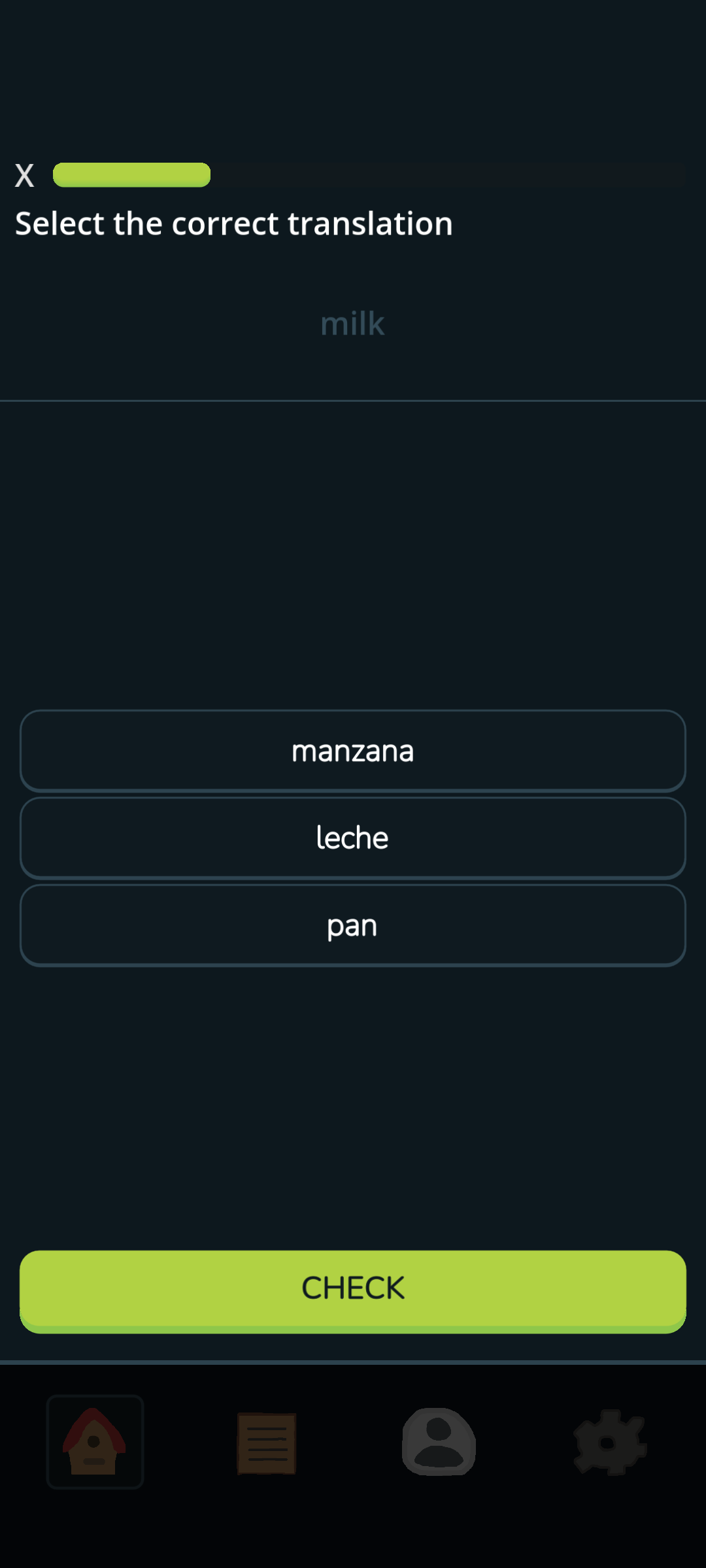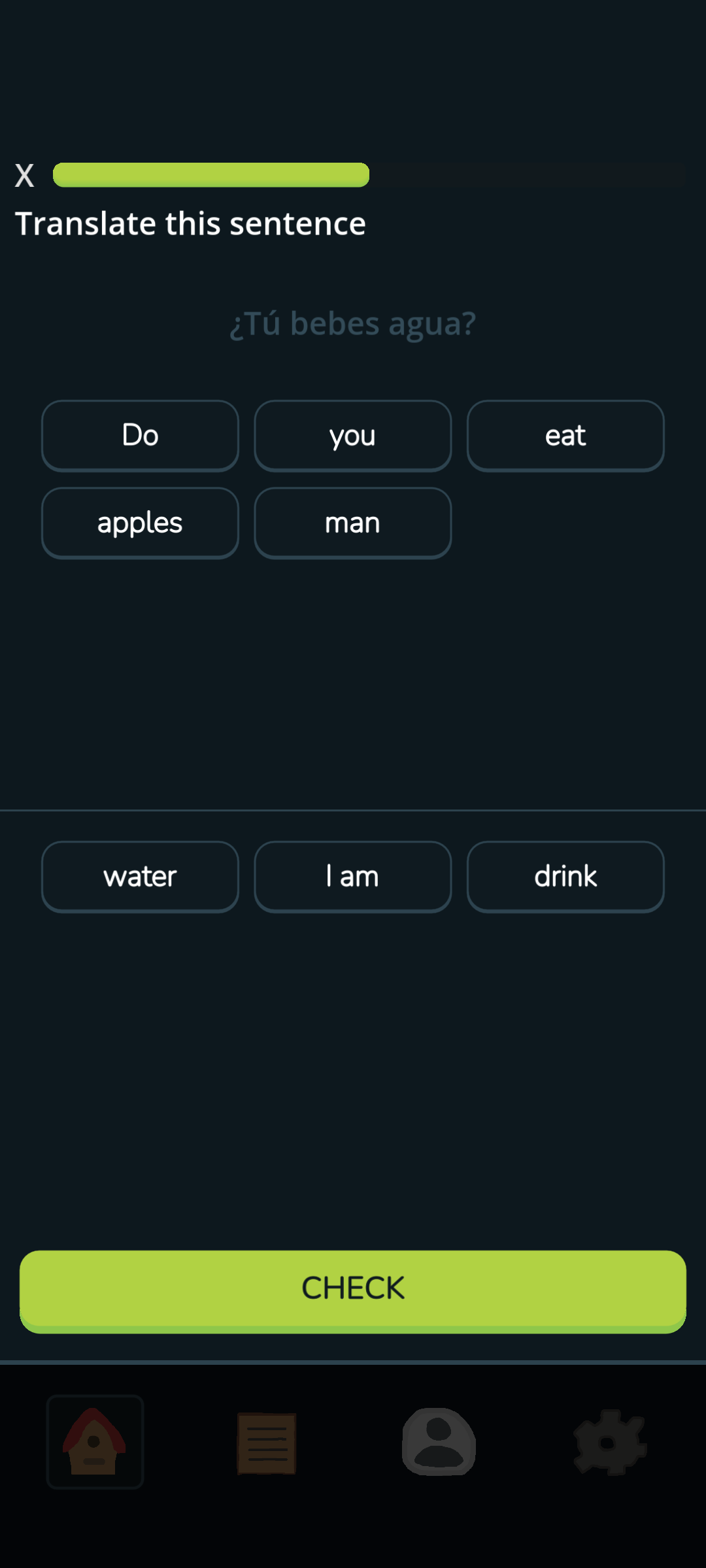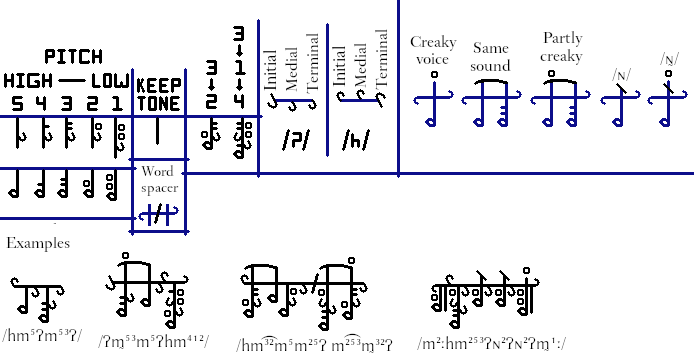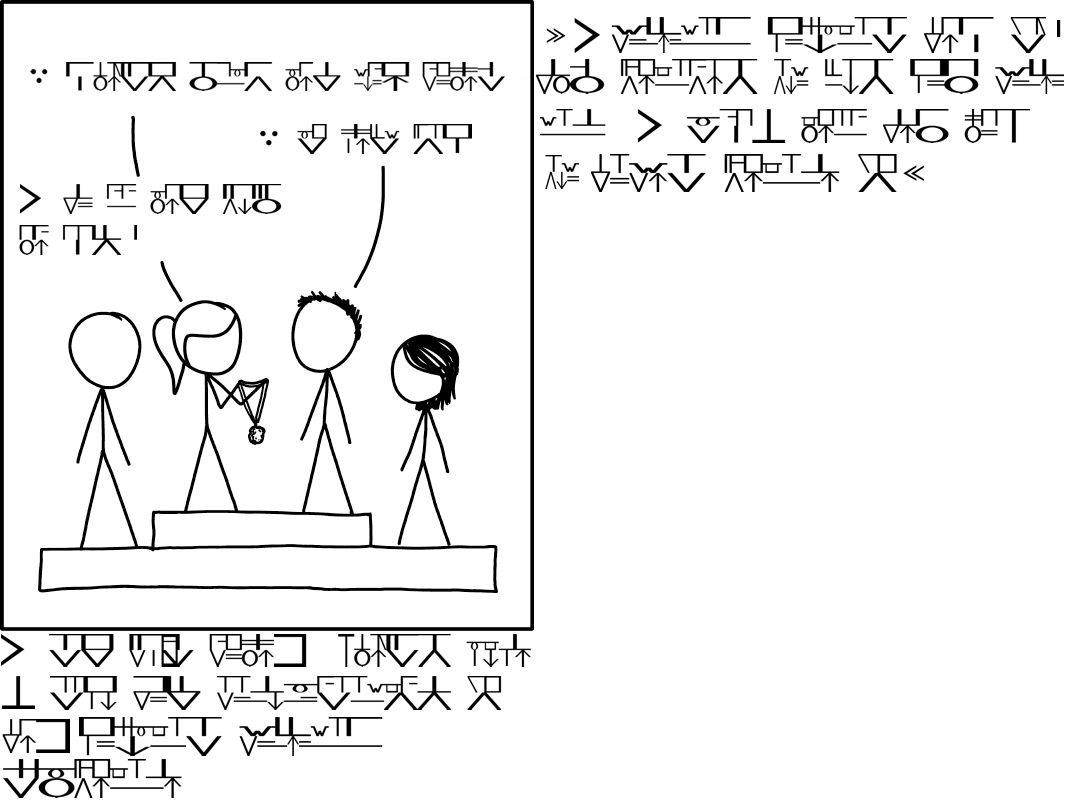Entesùka [éntêska] is a personal conlang made by me. It doesn't try very hard to be naturalistic as much as it tries to be aesthetic. In this post I'll go over a translation I made of the first verse of this song.
English:
we are too small for this home, too quiet
feel it burning in your bones
now feel your skin crawl as the flames leap higher
try to resist their call
Entesùka:
Cefù reotài rir mâkjio Dam, tài kàire
Bor care mârào Tsenj
Kao, borxu Tsatsae kôikaotang, Tsikare
Pom rainjfùo Tsong
The word order is a simple, kind of boring SVO. The first letter of a sentence, and the first letter of every noun are capitalized.
Cefù reotài rir mâkjio Dam, tài kàire literally means "we are too small to this home, too quiet". Cefù means we. Tài means "to be too much of something". Verbs agree with their subject and objects - cefù in this context is human animate, so the verb gets the rèo prefix. Rir means small or little. Mâkjio is where it gets interesting. Mâ is the prefix that marks a verb as a preposition - every verb can be a preposition. Kjio is a verb that might seem unfamiliar to an English speaker, it basically means "to happen directed to someone", it's like the English to preposition, but it's a verb. Kàire means quiet.
Bor care mârào Tsenj literally means "feel the burning inside your bones". Bor means to feel, care means to burn, rào means to be inside something, and tseng means bones.
Kao, borxu Tsatsae kôikaotang, Tsikare means "feel that your skin crawls, fire". Kao is a modifier that means present or current, xu is a suffix that means that the object of the verb isn't one of the five noun classes (in this case, it's a content clause). Tsae means skin*, flesh or meat. Tang means to crawl, kao is its agreement suffix and kôi marks it as the verb of a content clause. Tsikare means to burn.
Pom rainjfùo Tsong means "try to resist the call", and it's the most straightforward sentence here. fùo is the object agreement suffix.






